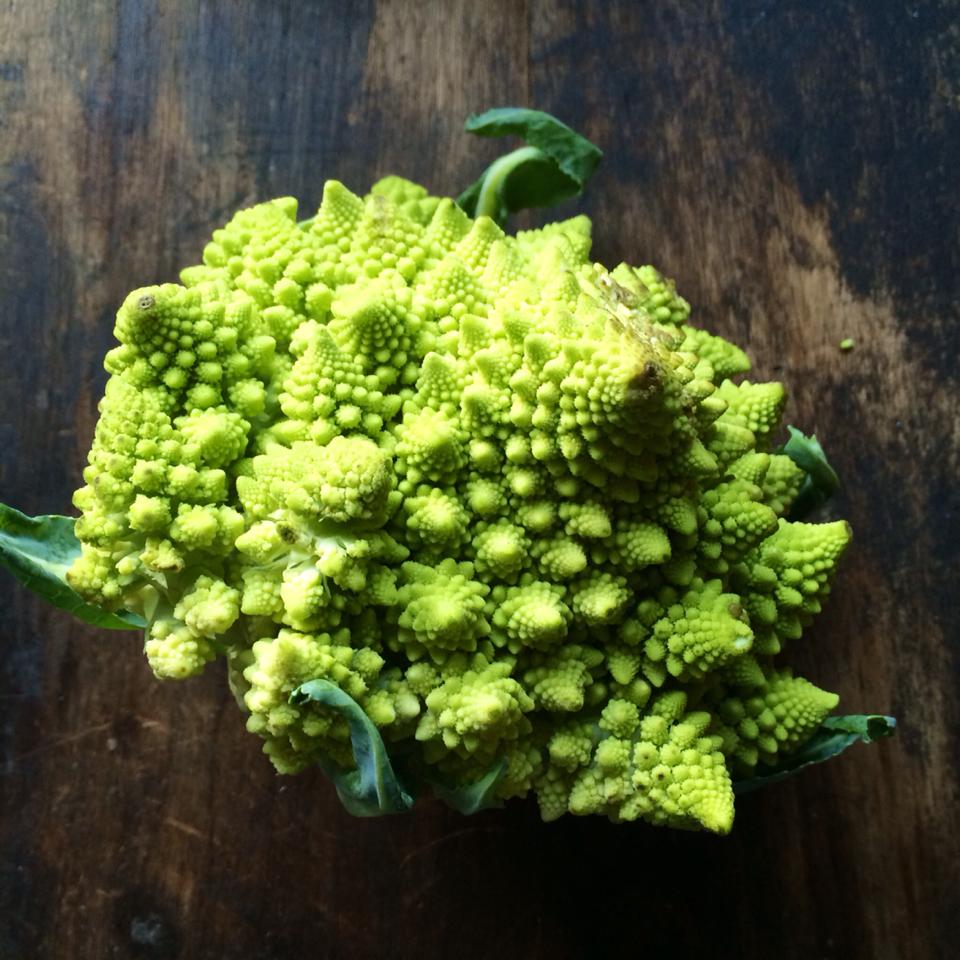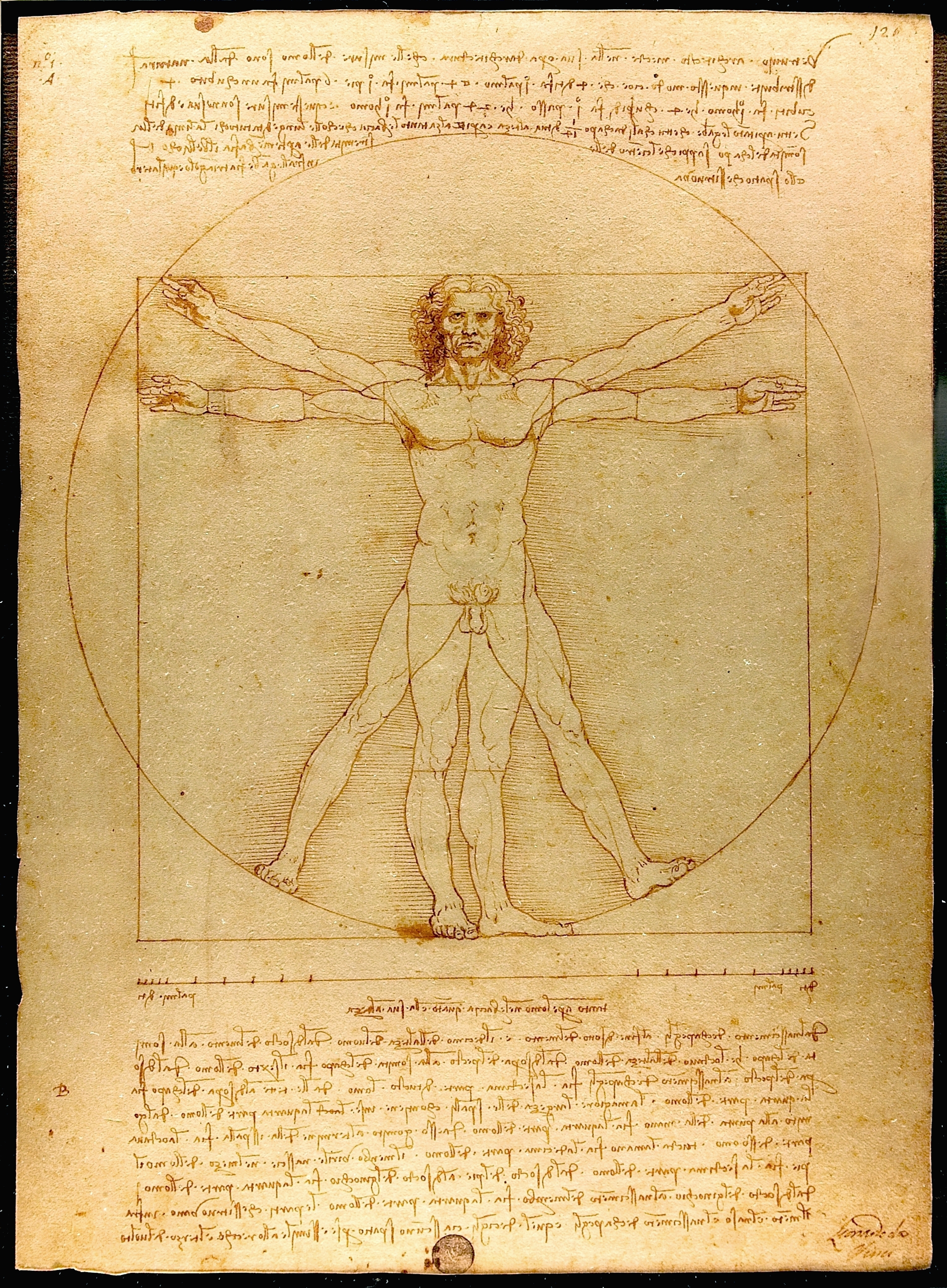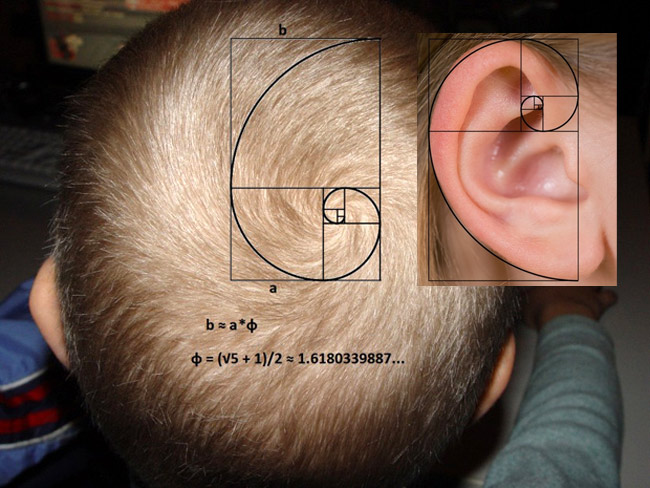Remember when you were a kid and you would outgrow your clothes and shoes? Maybe because your mom was thrifty she would let the hem out of your pants so you wouldn’t be wearing high waters, and you could go one more season without having to get a new pair. Or maybe your dad would buy shoes a 1/2 size too big so you could grow into them. Even when our body gets to its fully developed size we keep growing; mentally, spiritually, artistically, academically, athletically. (I love all of those adverbs that allow us to improve upon ourselves!) I love even more that the world around us expands to accommodate this growth. Our communities, our jobs, our relationships, they all transform to make room for these new developments. Or... we outgrow the old ones and begin to develop new ones.
I had a boyfriend, (I've called him Stephan before, so I'll stick with that,) who loved the Golden Ratio, Phi, and Fibonacci spirals. Do you know what those are? Go way back in your mind to the early 2000s and Dan Brown novels…for many, the Da Vinci Code brought these phenomena to our awareness. In mathematics, two quantities are in the golden ratio if their ratio is the same as the ratio of their sum to the larger of the two quantities. Many twentieth-century artists and architects - some of my favorites - Mondrian, Da Vinci and Dalí, have proportioned their works to approximate the golden ratio—especially in the form of the golden rectangle, in which the ratio of the longer side to the shorter is the golden ratio—believing this proportion to be aesthetically pleasing. Da Vinci showcased divine proportions in his Vitruvian Man drawing as well as the Mona Lisa. I could go on and on, it’s incredibly fascinating.
When I was in India, my friend Katie, a designer and photographer, reminded me of my old love of this concept. She would take photos, study them, and plumb them for their circular, balanced framing that made natural spiral patterns. This made me think of Stephan.
Stephan and I would find golden ratios in architecture and geometry, but my favorites were the spiral patterns in nature - leaves, plant parts, our own anatomy, and shells. I especially love the chambered nautilus shell, though there’s controversy whether it’s a true golden spiral. When I got back from India I looked up the math and shells to refresh my memory. What I learned about my dear nautilus has made me love it even more.
The nautilus outgrows his environment too! Internally, his shell is divided into about four chambers at birth. They are filled with gasses that provide buoyancy for the mollusk. These divisions are defined by septums, which are tiny walls. The septum walls are pierced in the very middle by ducts that allow gas to go in and out. As the nautilus matures it creates new, larger chambers and moves its growing body into the bigger space. He seals the empty chamber with a new wall, leaving the gas of his old life behind. He can grow big enough to create thirty chambers! And here’s what gets me the most - the nautilus lives in the most recent chamber and must rely on the gasses in the vacated chambers to stay afloat.
So this is the week of my move. In fact, it’s tomorrow! All the chambers of my old life are emptied out and I’ve found a perfect new space that I’m ready to grow into. I’ve begun to imagine places for all of my treasures within my new walls. I have camped out on Memory Lane on Facebook confronting my friends with our past, I’ve reconnected with a few old faces from those photos, and thought a great deal about my heart. Who my heart has chosen to love, who has chosen to return that love. Who has died during these 18 years - the list is longer than one would think. And all the babies born into my life too. It’s been a really sweet, yet melancholy time.
Mark Nepo writes about the chambered nautilus, “It tells us that only time can put the past in perspective, and only when the past is behind us, and not before us, can we open enough and empty enough to truly feel what is about to happen. Only by living in the freshest chamber of the heart can we love again and again for the first time.” I’m going to take the lessons from the nautilus into my new home. I’ll rely on the loves, the heartbreaks, the let downs, adventures, and discoveries of my past and let them buoy me in my new life. I can’t wait!
I also can’t wait to stop eating ice cream! I wouldn’t say that I’ve been stress eating. I’ve just been really indulgent since the apartment search and all things move related took over my life. I’m not exaggerating when I say I bought a pint every other day of the last month. (Sometimes I would share, don’t judge!) I'm not exaggerating either when I say I have gained 10 pounds during this time. Sigh.
One of the things I’m taking with me into my new kitchen and placing in my brand spanking new refrigerator is this big ole jar of green soup. It’s vegan, it’s nearly raw, and it is alkalizing. I’ve been really sick these last few weeks. When the body is in healthy alkaline balance, germs are less likely to find a nesting ground. See ya, sneezes, coughs, and sore throat!
Briefly, alkaline foods balance the acid levels in our body which help prevent disease. Our body uses whatever minerals it can find to neutralize acids so it can eliminate them. And when the body isn’t receiving alkalizing minerals through the foods we eat, it starts taking minerals from our bones and teeth! No thank you!
This soup is a symbolic dish for balance and good health as I start life in my new home. It’s also to surprise a dear friend helping me with the move who happens to be vegan and prefers a raw diet! Healthy fats in the coconut cream, protein from the split peas, and alkalizing vegetables and herbs. Yays all around!
Alkalizing Green Soup
adapted from Heidi Swanson of 101 Cookbooks
- 1 1/2 cups cooked split green peas
- 2 handfuls baby spinach
- 1 large celery stalk
- 1 handful parsley leaves
- 1 handful cilantro leaves
- 2 cloves garlic
- 1 1/2 tablespoons miso
- 2 tablespoon nutritional yeast
- 2 tablespoons coconut cream*
- 3 cups vegetable broth
Combine everything in a blender or food processor. Puree until silky smooth. Drink cold or gently heat over a low flame until small bubbles surface around the edge of the pan.
*Or just the thick coconut cream from the top of a can of full-fat coconut milk.










